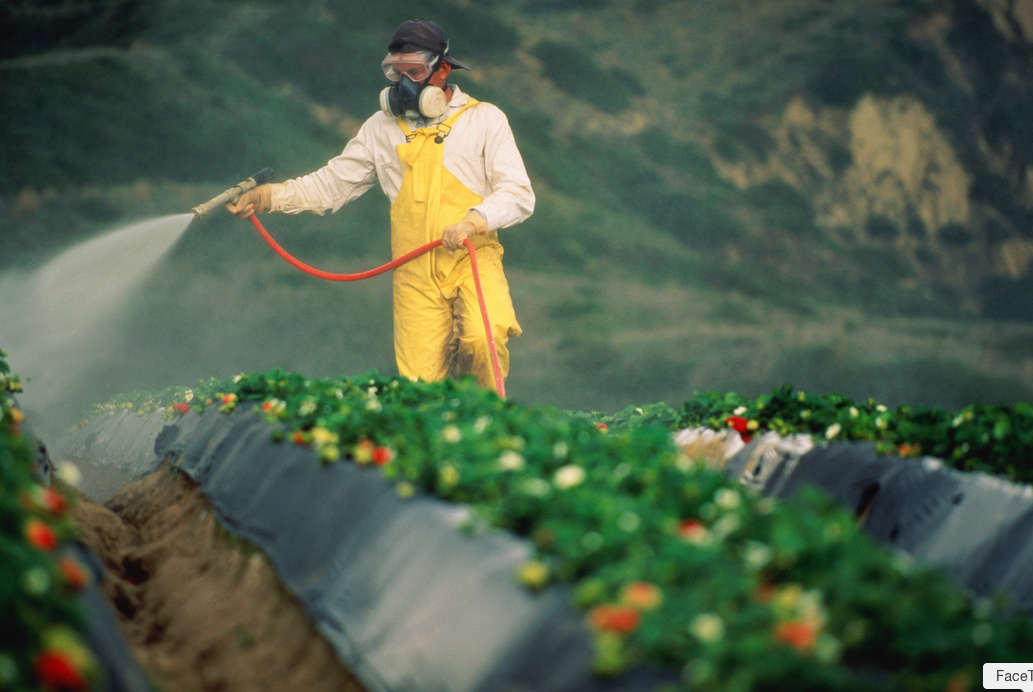
Innovation is one of the most trendy words of our times. To innovate means to introduce changes in something already established, to originate new methods, ideas, or products. Innovation though is not the same as invention, as it refers more to the process of adapting to existing ideas or tools, finding breakthroughs, and ways to look for the most effective recombinations. The XIXth century, for example, is filled with examples of innovators that changed the world to come, with their new ideas and products, that picked upon something that already existed and pushed it further. The Lumiere Brothers, or Thomas Edison, are examples of this. Looking at their inventions we can see how the objects and technologies they came up with were recombinations of existing ideas and products. That was the case of the light bulb, X-rays, the phonograph and cinema. I
Innovation is not only about products, but the reinvention of social processes such as social innovation. Social innovation is a novel solution to a social problem that is more effective, efficient, sustainable, or just than current solutions. The value created accrues primarily to society rather than to private individuals.
Innovation, Good or Bad?
Governments, businesses and society in general tend to be in favour of more innovation, hypnotized by what it has brought us, particularly in the field of technology. The attraction towards innovation, is also explained by a belief on progress, the development towards an improved or more advanced condition, towards a future, which is always better than the past. The new is by default, better than the old.
But in reality, even though some innovations have brought us immense good (like penicillin or cinema or electricity), we have to come to terms that others, are unambiguously bad. Examples of bad innovations can be very extreme (take the example of concentration camps as an innovation for mass extermination) but actually most innovations are ambivalent since they bring good and bad to the world. This ambivalence can be better tackled if one looks at innovation as a social process. Concerning social innovation, a research done for the Stanford Social Innovation Review, highlights with various examples , how innovation by itself is not at all the holy grail and proposes that it is time to move from innovation as an ideology to innovation as a process.
Ethics and Innovation
The important question is: How can we assess the good and bad aspects of the various innovations? And how can ethics help us doing that? A recent report entitled Good and bad innovation: what kind of theory and practice do we need to distinguish them? written by Geoff Mulgan, and published by Nesta (2016), the UK agency for innovation, gives us on overview on the good and bad aspects of innovation, and reviews what kind of theory and practice is needed to distinguish those two sides.
Mulgan gives examples of the ambivalence of some innovations we came to use. For example, pesticides kill parasites but also pollute the water supply. Another example is the application of new surveillance technologies to increase workplace productivity and safety. If it can be helpful and effective on one hand, it can originate huge amounts of stress and unhappiness in the workforce, and might deprive citizens off their privacy.

Mulgan addresses as well the controversial field of financial innovation, which as we all know, have destroyed more value than they created, at the cost of the enrichment of their providers. Unfortunately, regulators and policy makers failed to distinguish the good from the bad, with very costly results.
When thinking about ethics and innovation, one has to come to terms how blind innovation tends to be in tune with the traditional approach to mainstream capitalist market economy, and its belief that innovation “leave behind far more winners than losers, and that markets are better able to pick technologies than bureaucracies or committees.” What is happening in the world, in challenging this point of view. Take the example of a particular worrying study of the impact of innovative technologies in the labor market, done by Erik Brynjolfsson.
Trying to come to terms with this issue, some agencies have committed themselves to better distinguishing good from bad innovation. The European Commission, for example, recently promised to back ‘responsible innovation’. They define responsible innovation as an ‘approach that anticipates and assesses potential implications and societal expectations… with the aim to foster the design of inclusive and sustainable research and innovation.”
For Mulgan, the definition and the report has a few flaws, since it doesn’t provide a prototype of a process for how this is to be done. The past has shown us how traditional disciplines that could have provided a more rigorous and useful approach have largely failed to do so. That is the case of Economics, who was unable, until now, to find few coherent or comprehensive methods for analysing which kinds of innovation are good and which are bad. Economics, does let us know though, when consumers do or don’t want to buy something new, and it analysis externalities, which can show in retrospect which innovations generate bad results (like pollution) as well as benefits (for example, cheaper products).
Technology Assessment
Mulgan asks a crucial question:
How can we, make a fairer assessment of the role of technologies?
The question doesn’t have a easy answer. The challenges of assessing emerging technologies are immense, whether it’s a new nano material or new medical methods, such as new treatments, medical robotics or health care testing.
A potential source of methods is ‘technology assessment’, which became widespread in some places in recent decades. Governments, investors, businesses and agencies, all should contribute for a proper technology assessment if technologies are ethical and bringing good to the world. Mulgan states that a good way to assess technologies is to look for compatibility with the biblical golden rule: “do unto others what you would have them do unto you.” In short, what he calls for is good sense. He says:
“Good innovations are ones that we would want for ourselves and those we love. Bad ones (like many of the financial innovations of the 1990s and 2000s) clearly breach the golden rule in that the providers would not want themselves to be consumers.”
If you would like to read the whole report, you can access it here.

Maria Fonseca is the Editor and Infographic Artist for IntelligentHQ. She is also a thought leader writing about social innovation, sharing economy, social business, and the commons. Aside her work for IntelligentHQ, Maria Fonseca is a visual artist and filmmaker that has exhibited widely in international events such as Manifesta 5, Sao Paulo Biennial, Photo Espana, Moderna Museet in Stockholm, Joshibi University and many others. She concluded her PhD on essayistic filmmaking , taken at University of Westminster in London and is preparing her post doc that will explore the links between creativity and the sharing economy.




























